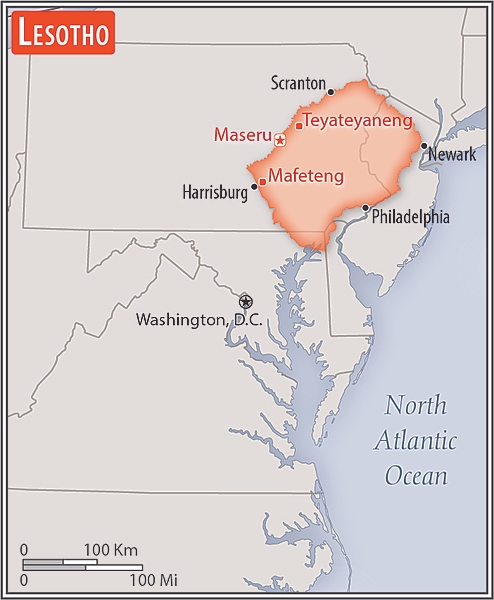Introduction
Visit the Definitions and Notes page to view a description of each topic.
Geography
People and Society
Population
comparison rankings: total 147; male 147; female 146
Median age
comparison ranking: total 179
Population growth rate
comparison ranking: 121
Birth rate
comparison ranking: 51
Death rate
comparison ranking: 35
Net migration rate
comparison ranking: 195
Maternal mortality ratio
comparison ranking: 11
Infant mortality rate
comparison ranking: total 15
Life expectancy at birth
comparison ranking: total population 221
Total fertility rate
comparison ranking: 70
Obesity - adult prevalence rate
comparison ranking: 121
Alcohol consumption per capita
comparison ranking: total 103
Tobacco use
comparison ranking: total 48
Children under the age of 5 years underweight
comparison ranking: 37
Education expenditure
comparison ranking: Education expenditure (% GDP) 20
Environment
Carbon dioxide emissions
comparison ranking: total emissions 171
Government
Economy
Real GDP (purchasing power parity)
comparison ranking: 174
Real GDP growth rate
comparison ranking: 128
Real GDP per capita
comparison ranking: 201
Inflation rate (consumer prices)
comparison ranking: 154
GDP - composition, by sector of origin
comparison rankings: agriculture 97; industry 49; services 158
Industrial production growth rate
comparison ranking: 90
Labor force
comparison ranking: 148
Unemployment rate
comparison ranking: 175
Youth unemployment rate (ages 15-24)
comparison ranking: total 37
Gini Index coefficient - distribution of family income
comparison ranking: 17
Public debt
comparison ranking: 198
Taxes and other revenues
comparison ranking: 4
Current account balance
comparison ranking: 77
Reserves of foreign exchange and gold
comparison ranking: 144
Debt - external
comparison ranking: 104
Energy
Electricity
comparison rankings: installed generating capacity 186; consumption 164; imports 97; transmission/distribution losses 47
Energy consumption per capita
comparison ranking: 159
Communications
Telephones - fixed lines
comparison ranking: total subscriptions 193
Telephones - mobile cellular
comparison ranking: total subscriptions 157
Broadband - fixed subscriptions
comparison ranking: total 186





